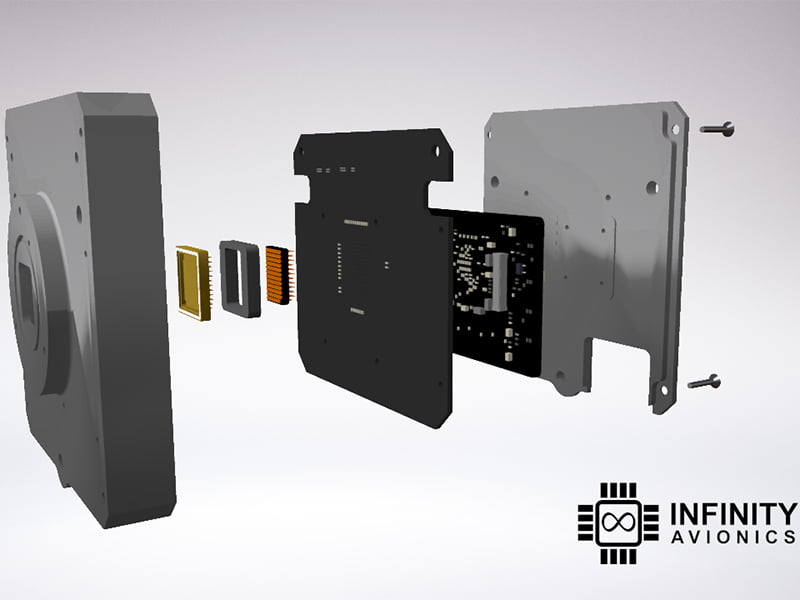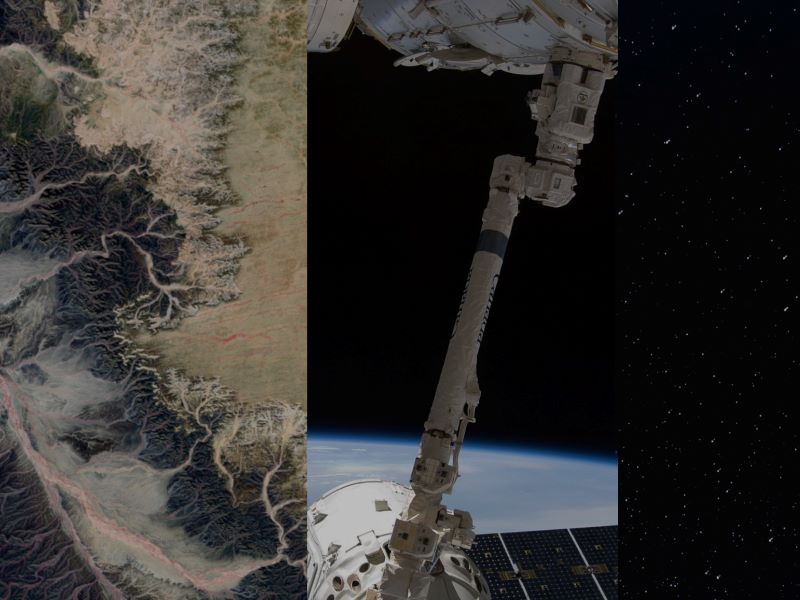Two Australian space startups are developing a new high-resolution satellite imaging system to be in orbit next year under a commercial deal that could pave the way for earth, space and satellite imaging of future Australian and international space missions.
Canberra based Infinity Avionics on Monday revealed plans for its move into high-resolution space cameras, with a first product being developed for fellow Australian startup HEO Robotics, which uses satellite mounted cameras to monitor other spacecraft.

Infinity Avionics is manufacturing the 10cm in size high resolution camera while the Australian National University will develop the optics. HEO Robotics plans to use the camera, which can capture images of satellites hundreds of kilometres away, in its monitoring network.
A prototype has already been developed and flight models are now being manufactured, with a product to be delivered to HEO Robotics early next year for a space launch later in 2022.
HEO Robotics is a Sydney-based tech firm helping clients monitor their satellites through space situational awareness and on-orbit inspection services using cameras. It has done this with software and already in orbit satellites in the past but is now launching its own dedicated cameras.
For Infinity Avionics, other types of optics will open up use cases for its new cameras like earth observation. The company says the hardware could eventually be part of geostationary satellites, lunar missions, and rover applications, although these use cases are likely several years away.

The high-resolution camera marks another product for Infinity Avionics, which was spun-out of UNSW last year to commercialise on-board processing platforms and low-resolution cameras.
UNSW retains the intellectual property of this earlier technology, which was developed at the university’s Canberra Space program and has been licensed to Infinity Avionics for sale as part of the M2 space missions involving Defence.
Infinity Avionics co-founder and managing director Dr Damith Abeywardana told InnovationAus the university spin-out is now looking to develop its own capability to build new cameras for space in Australia.
“We are starting from low earth orbit, but we have already started putting together some designs for radiation hardened camera solutions which can be used for geo applications as well as lunar applications,” Dr Abeywardana told InnovationAus.
“There are multiple Australian companies who are trying to go to [the] Moon, trying to go to Mars. So when they are capable of going to [the] Moon and Mars, we want to have our cameras on those missions so we can capture images of other plants from some of those missions as well.”
Dr Abeywardana said there is growing enthusiasm and investment in the Australian space sector, and the challenge for projects like Infinity Avionics includes figuring out the technology with the most commercial potential.
“It’s one thing to have very innovative and very cool technology. But it’s another thing in how you apply it to a real problem and solve a problem. And sometimes what we see is the research and development activities are couple of years ahead of the requirements we have in industry.
“So you need to time your innovations and you need to time your commercialisation aspect right as well.”
Do you know more? Contact James Riley via Email.

